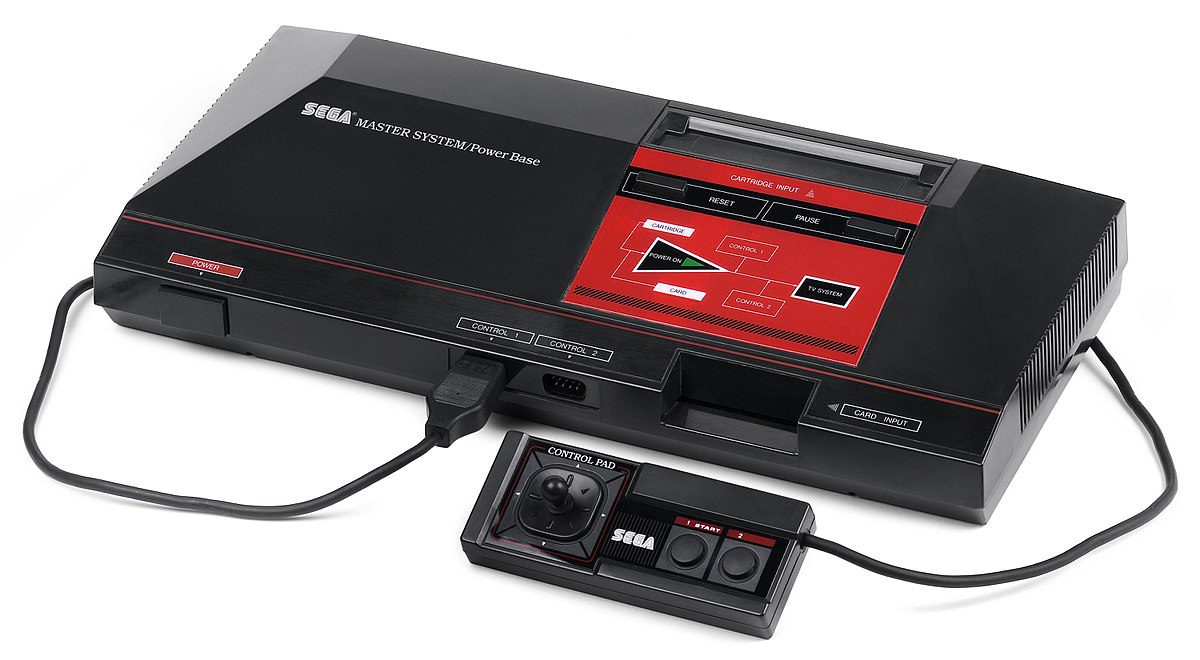
thus spoke zarathustra
“this tree stands lonely here in the mountains; it grew high above man and beast . And if it wanted to speak it would have […]

“this tree stands lonely here in the mountains; it grew high above man and beast . And if it wanted to speak it would have […]

https://youtu.be/4ECNHMWKesQ

Remember when you had a Nintendo Entertainment System (NES)? Oh, come on, we all know you did. A good ninety percent of gamers had them, […]

The most difficult aspect about this particular web page is because I cover such a broad range of interests and it’s extremely difficult to market […]

I haven’t been posting as much as I would like to, but I intend to add more and contribute to this area of the web. […]
Copyright © 2025 | WordPress Theme by MH Themes